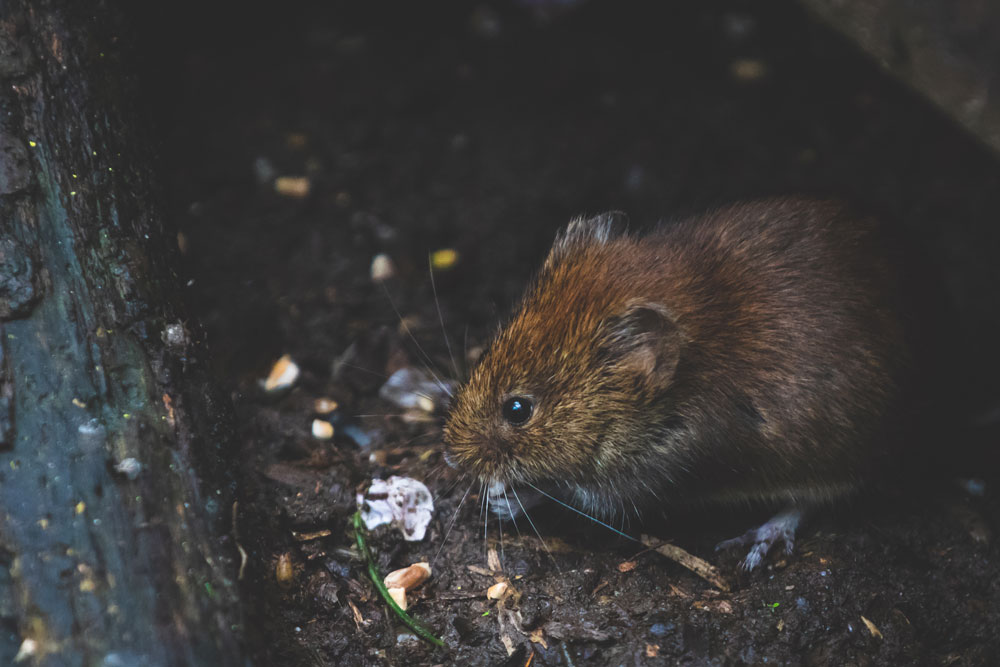
How rats get in your house
How do rats get in your house?
Some of the ways that rats can get in your house include:
Holes in the roof
Your roof will usually have small gaps created by your roof corner intersection, which rats can usually fit through. They can also chew through ridge cap plugs to gain entry. Any gaps should be sealed with a waterproof sealant.
Cracks in your walls
Rats can enter via cracks in your external walls, then find a way through the inner wall where you have existing holes for pipes and wiring. Smaller holes can be filled with caulk and larger holes with steel wool or waterproof sealant.
Gaps around windows
Any small spaces around your windows are often big enough for a rat to crawl through. Check and seal any windowsill gaps and check your flyscreens for holes.
Chimneys
Chimneys are an easy entry point and a good nesting spot for rats. Installing a chimney grate or cap is usually the best way to help keep them out.
How to tell if you have rats in your house
While seeing a live rat is a pretty obvious sign you have a problem, other indicators to look out for include:
- Rat droppings, which look like large, dark brown grains of rice
- Gnaw marks on anything from walls to pipes to food containers
- Squeaking or scurrying sounds coming from the walls or roof
- Greasy rub marks on walls or furniture (these are from the oily sebum in the rat’s fur)
- A strange musty odour
What to do if you already have rats in your house
If you think you have rat problems, the first thing to do is check for any entry points using the list above. Given rats are so crafty, these can sometimes be tricky to find and you may need the help of a rat control expert.
Once all entry points are sealed up, you can manage the rats with traps or bait. It’s important to remember that rats are ‘neophobic’, meaning they are afraid of new things, so it can take several days for them to build up the courage to inspect the trap or bait.
When to use professional rat control
If you have rats in your house, DIY rat control can be effective in some situations. However if the problem doesn’t seem to be going away or you are concerned about children, pets or wildlife accessing bait, it’s wise to get a professional to do the job properly.
At Allstate Pest Control Adelaide we always start with exclusion – finding all rat entry points and sealing them up. We then manage the rats using strategically placed, lockable bait stations that keeps the bait safely out of reach of children and pets. All treatments are covered by a 6-month warranty, meaning that if rats return within that time frame we will re-treat your home free of charge.
To get rats out of your house and keep them out, live chat now or phone us on 8371 1277 to book.



